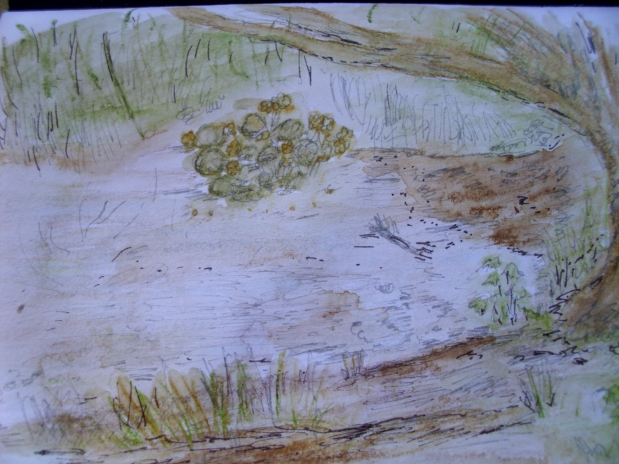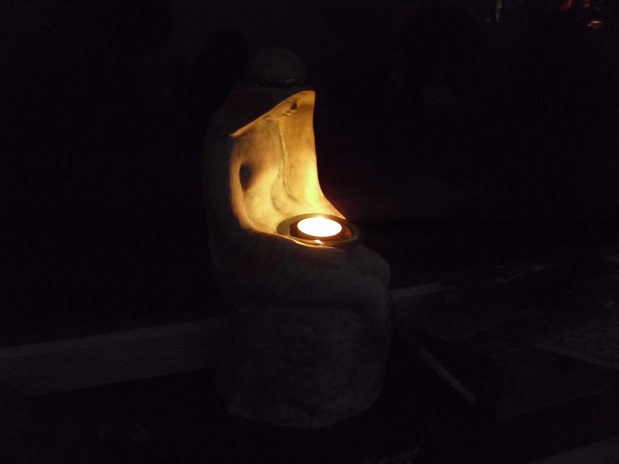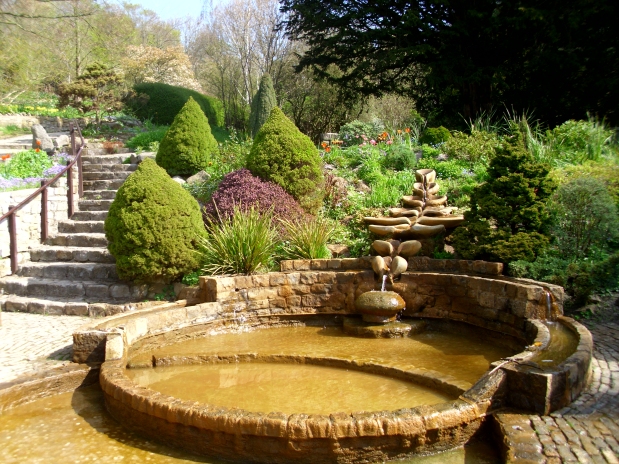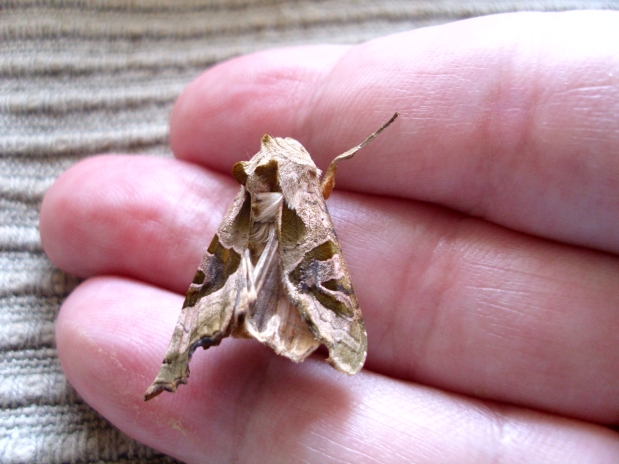A New Angle on Fairies
I let the anniversary of this blog go by without a mention – FIFTEEN years! – because I’m struggling with my health (mental, physical, emotional, spiritual) and just couldn’t find the oomph to even think of what to say, let alone write it. Many people I blogged with when I started are gone from the virtual world (and some from the physical world too) and many folks have moved to Substack. I fully understand the importance of getting remuneration for one’s writing (and this is not in any way a criticism) but I am cautious of anything that requires me to sign up to be able to read it, even more cautious of anything that requires me to put my financial details in anywhere, and because writing (unlike the TV, movie and online tropes that depict writers as millionaires) is increasingly a poor life choice, I have very limited funds. So I remain here, free to read. My gift to you, dear readers.
I have been feeling increasingly irrelevant and forgotten in recent years. It’s been some years since I published a full length novel; sales of the existing ones have tanked and probably only a new one will revitalise and restore my visibility. “On Hob Hill” was completed at the autumn Equinox, and I am very slowly working my way through edits. It occurred to me today that it’s now almost 20 years since I wrote “Away With The Fairies” and that feels weird. The incredible period of intense creativity seems another age away, and I a different person. That novel has 99 reviews on Amazon (who’ll make it to 100?) and has proven to be a story that has touched a lot of lives since I published it myself in 2011. I’ve had to say on occasions, it’s not really about fairies at all. Early on in its existence, I was contacted by a Daily Fail (we all know who I mean) journalist who was looking for adult women who believed in fairies for a feature. I ummed and ahhed and then declined, feeling sure the article would actually be quite scathing and mocking. I have often wondered since whether I made the right decision. The finished feature had some elements of sniggering behind the hands but the women in it did generally come across as sane, reasonable and decent; but still, would my sales have been better with a mention in a paper I loathe and despise? Integrity is seldom cheap.
One of the questions posed in “Away With The Fairies” is what do we mean by fairies? It’s discussed a good number of times in the novel. Are they fallen angels, nature spirits (devas) spirits of the dead, remnants of a hidden, forgotten pygmy race, figments of overactive imagination or mere superstition? When I wrote the novel, the existence of the so-called hobbits of the island of Flores was only just being discovered so my postulation that fairies might be a race memory of a race of smaller humans existing in the margins of the big people’s worlds was a lucky guess that I am, to this day, rather chuffed with.
I thought I’d covered most ideas. In recent years I’ve been reading my way through the works of C.G. Jung, as well as those of the 1st and 2nd generation Jungians. It’s slow going because this stuff is dense, complex and demanding and requires much digestion but it’s given me many powerful insights. Reading “The Red Book” (I keep the readers’ edition on my bedside table, the huge illustrated one too big for any normal shelf) helped me to understand many things, especially (for the purposes of this blog) that period of creativity I mentioned. In 2003, following a relocation to another part of the country, I found myself overwhelmed with constant internal images, often like screenplays, and a narrative going on whether I wanted it or not. It was terrifying because the images and narratives were powerful and often quite alien. I’d turned my back on writing in 1995 when a brain haemorrhage brought on by the stress of the journey towards publication (I came very close to getting a contract with one or the then Big Six) almost ended me. I did not want to write because that way lay madness. Except madness was arriving anyway. After months of torment, trying to push it away and having it come flooding back, I went to town, bought some A4 lined paper and sat down to write it all down, believing if I could get it out of my head it would stop. In 17 days, I wrote 110k words and had a complete novel. I was shocked, and astounded, and didn’t know what to do. That novel was “The Bet”. The flood of images did not stop. For 2 years I wrote, in waves of varying urgency and distress and completed (I think) 8 novels. I had an agent (that came to nothing, but hey). Then life shifted dramatically again and the flooding of my mind stopped.
Discovering the story behind Jung’s “Red Book” has helped me understand a bit better what happened to me. I was around the same age as he had been when it happened to him. “Jung was deluged “by an incessant stream of fantasies”, a “multitude of psychic contents and images”. In order to cope with the storms of emotions, he wrote down his fantasies and let the storms transpose themselves into images.” (James Hillman, “Healing Fiction” p 57) Hillman’s book has been quite a revelation for a variety of reasons but the next few quotes are what I’d like to share because they pertain to fairies.
“Complexes do not respond to worry, to searching parties, to naturalists with tags and labels. The “little people” (as Jung called the complexes) scurry into the bush the moment one’s attention is turned towards them.” Sounds familiar, eh? Isobel, the protagonist of “Away With The Fairies” encounters spooky goings-on at her new cottage, but only glimpses out of the corner of the eye or mind, of odd things that can be explained away yet occur again and again. She wants to face things head-on, deal with her bereavements in a logical, rational manner, with a fixed end point and neat stages, and yet, nothing co-operates. Her refusal of the unconscious, the illogical, the irrational is brave but foolish, because they’re all much more powerful than her dented and bruised self.
Hillman later writes, “Of prime importance is recognizing that these little people do come from the land of the dead. Like Jung’s Philemon and Salome, they are legendary personages of history, showing culture at work in the channels of the soul. The land of the dead is the country of the ancestors, and the images who walk in on us are our ancestors. If not literally the blood and genes from whom we descend, then they are the historical progenitors or archetypes, of our particular spirit informing it with ancestral culture.”
It seems strange that almost 20 years after writing that novel, I am, the author, still understanding what I wrote, in that frenzy of creativity, and with it, myself. And yet, here I am. In developing further understanding of my inner world, I can see that this infuses everything. “Oh Hob Hill” recalls certain moods and events in other novels, yet is quite different as a work of fiction. It started as a jokey short story that refused to co-operate. I had little control. I know some might scoff, but the novel knew where it wanted to go. I dearly hope that I did listen and by letting it “have its head” I have allowed something that is as potentially healing and helpful as other novels I have written. I do not underestimate the power of fiction, whether writing it or reading it, to change us. Fiction is more than entertainment that passes the time. And I have to also recognise that the writing of my own books has changed me profoundly, even if few read it. The act of creation itself is what matters first; nothing is ever static, and I do hope that my work is a part of what others discover in their journey towards themselves.
“Away With The Fairies” by Vivienne Tuffnell https://www.amazon.co.uk/Away-Fairies-Vivienne-Tuffnell-ebook/dp/B005RDS02A
“Healing Fiction” by James Hillman https://www.amazon.co.uk/Healing-Fiction-James-Hillman-ebook/dp/B0079LCEN4/
“The Red Book” by C.G Jung https://www.amazon.co.uk/Red-Book-Liber-Novus-Philemon/dp/0393065677/





